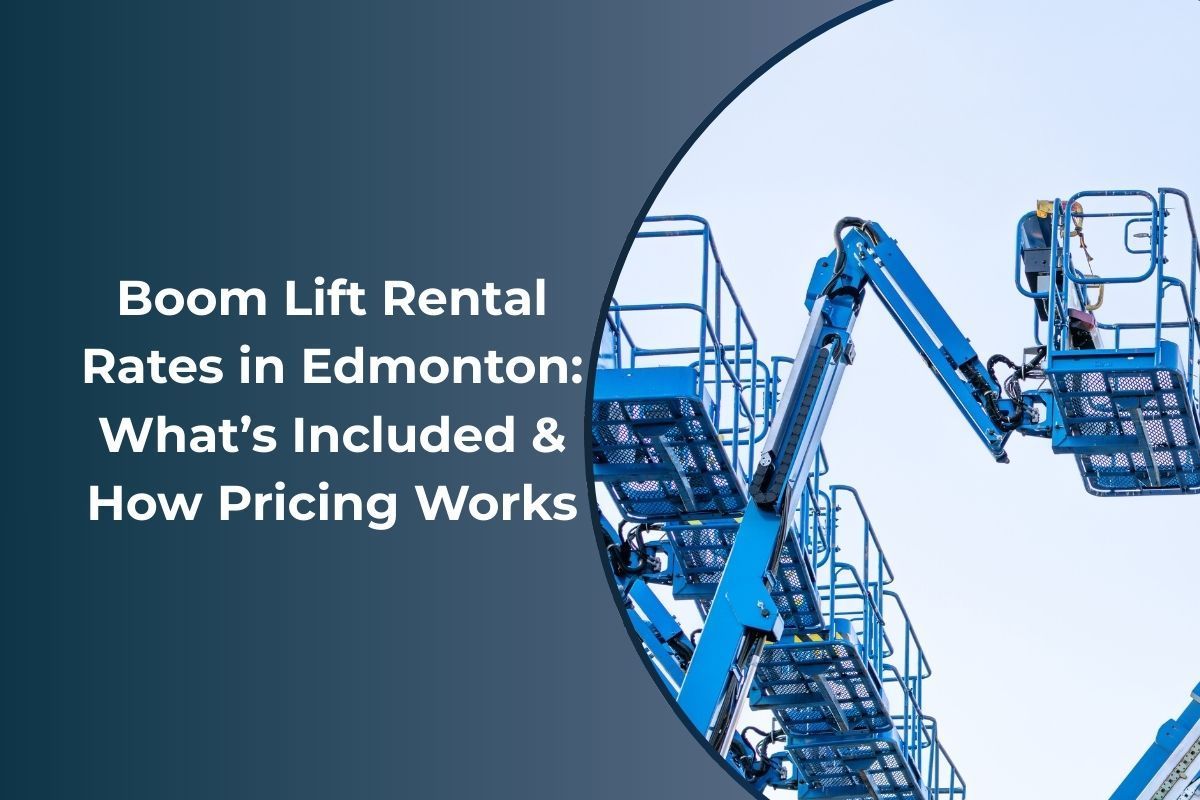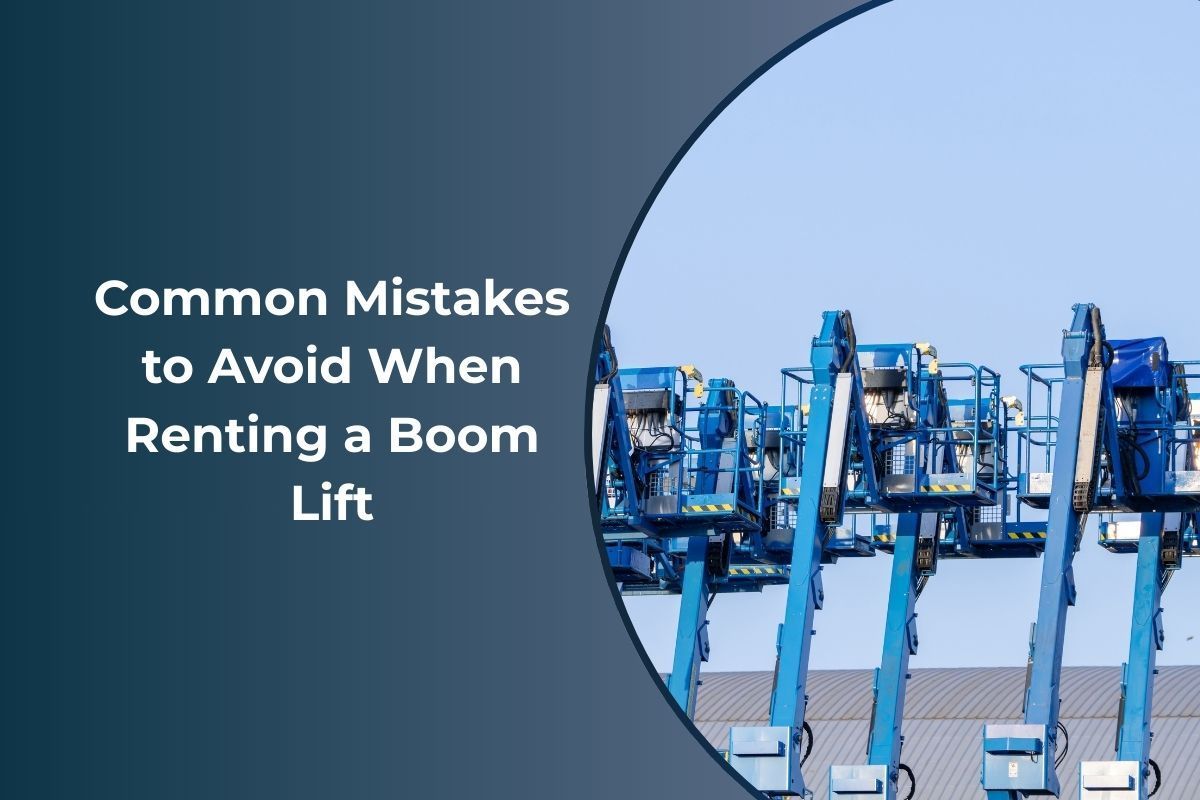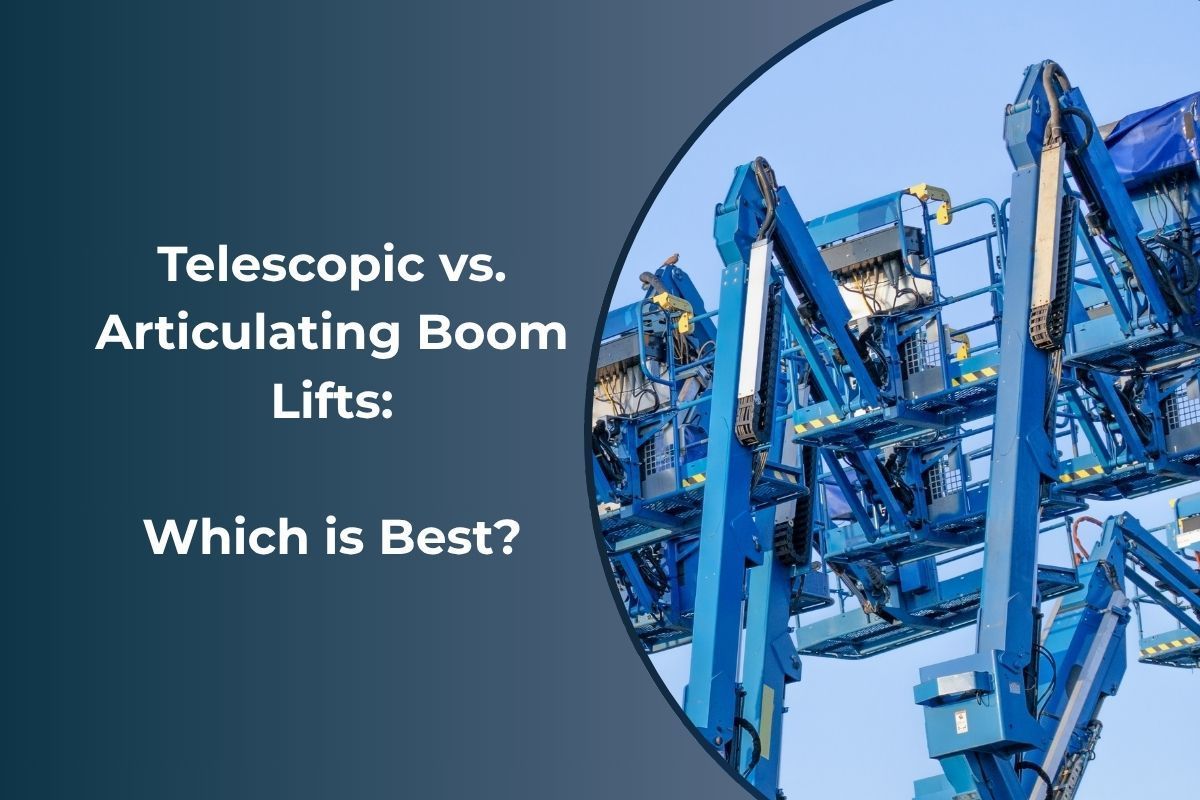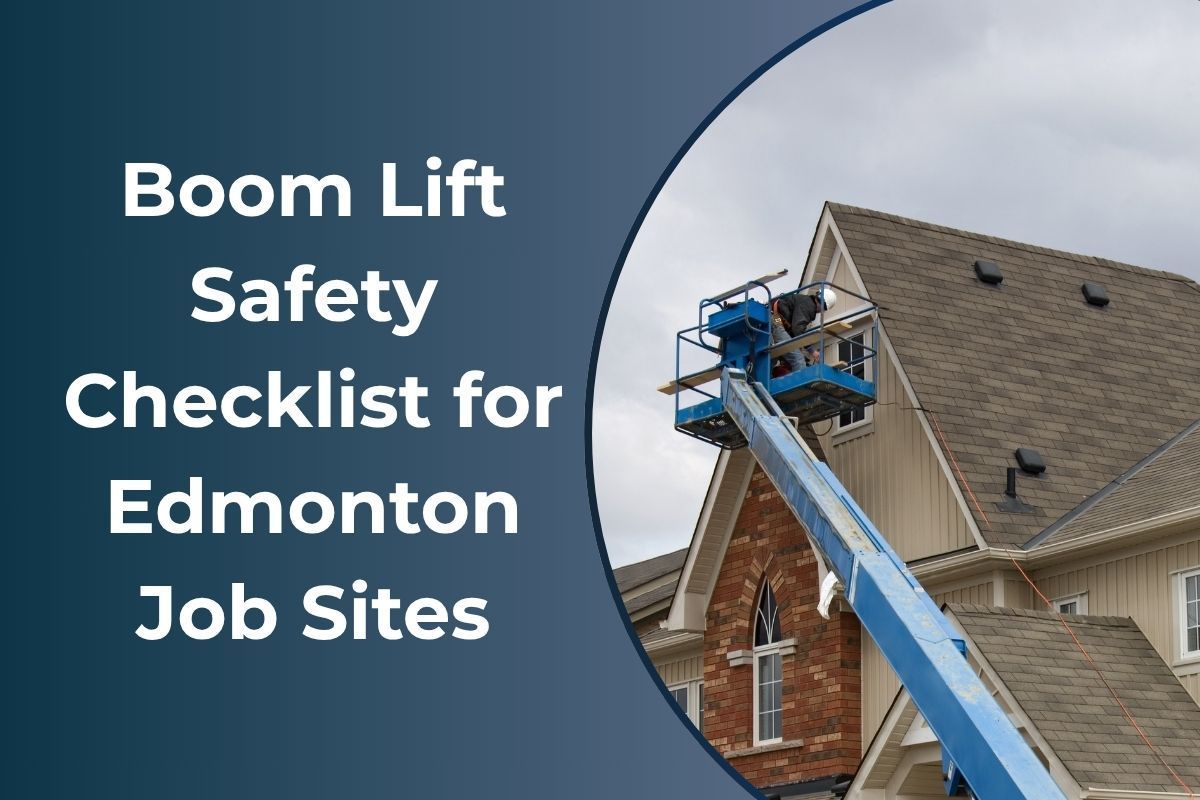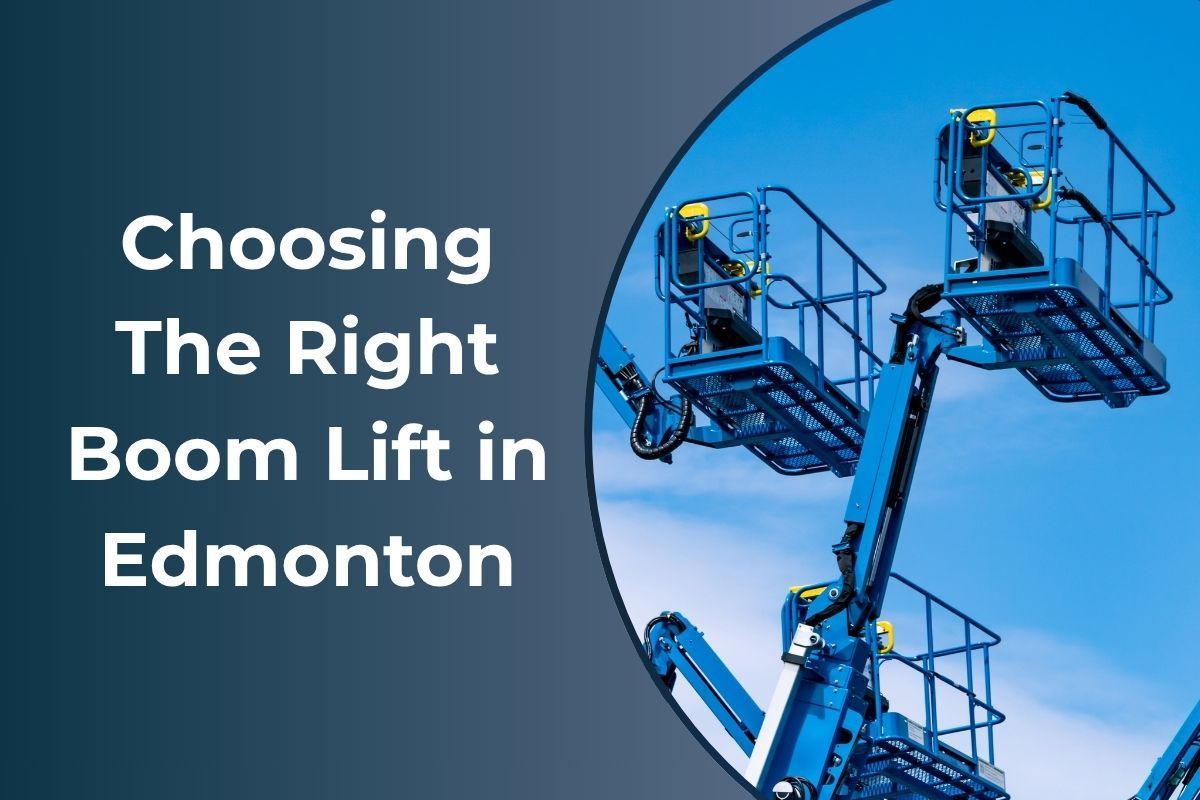Choosing the Right Telehandler for Your Edmonton Project
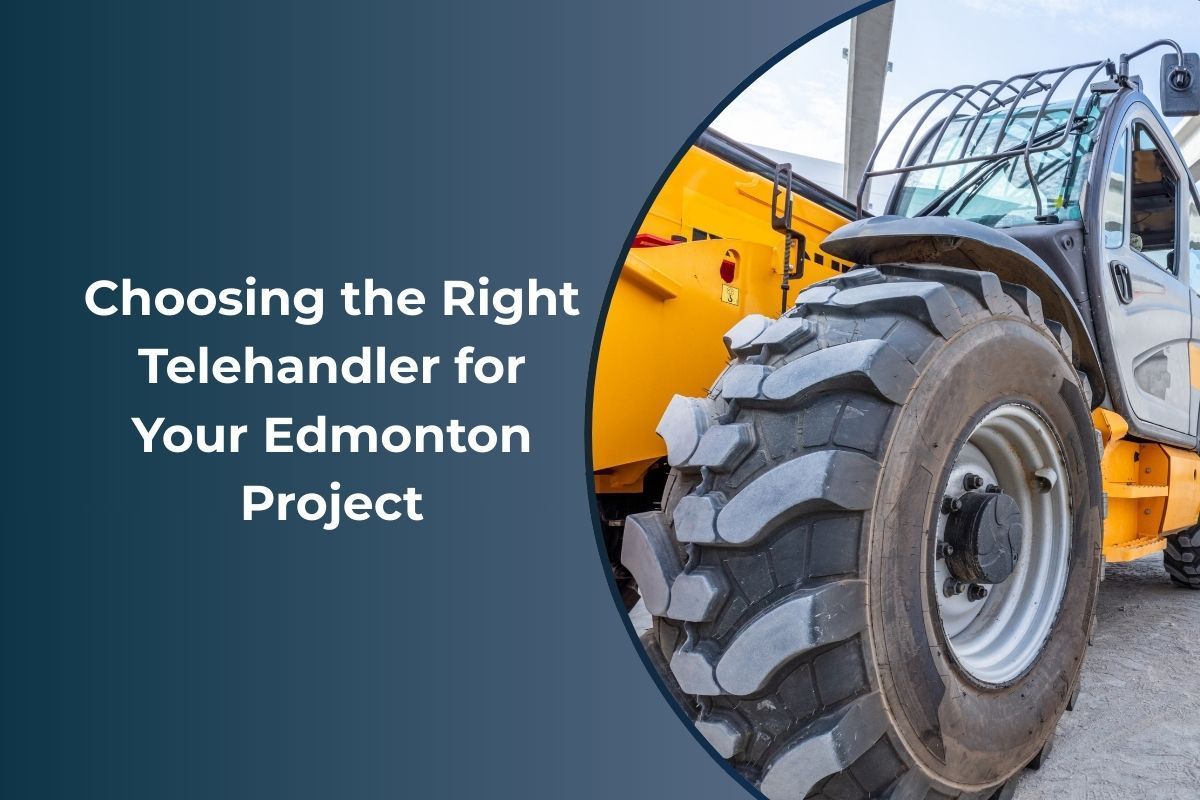
Not all telehandlers are built for the same job. Choosing the right one can be the difference between finishing on schedule or dealing with costly downtime.
If you’re not sure whether you need a 10,000 lb telehandler or a higher-capacity unit — or how far forward your machine needs to reach — this guide will walk you through the essentials.
What Factors Should I Consider Before Renting a Telehandler?
Lift Height
How high do you need to raise materials, and will the machine stay stable at maximum extension? Always confirm that the model’s maximum lift height matches your project requirements.
Forward Reach
Will you need to extend over obstacles or place loads deep into a structure? Forward reach is critical for placing trusses, pallets, or heavy materials into hard-to-reach areas.
Load Capacity
A telehandler’s rated load changes as the boom extends. For example, a 10,000 lb unit may handle that full weight at ground level but far less at maximum reach. Always check the load chart to avoid undersizing your machine.
Terrain & Access
Jobsite conditions make a big difference: muddy ground, uneven surfaces, or frozen soil can all affect stability. Compact models may be better suited for tight commercial builds, while larger models handle rough terrain more efficiently.
Attachments
Telehandlers can do more than lift with forks. Buckets, lifting hooks, and specialty forks add versatility — but they’re not always available at the last minute. Confirm attachments before booking.
Why Does Lift Height and Capacity Matter?
Height and capacity are the first specs to check, but they must be considered together. A machine that can technically reach your target height may not safely lift the load you need once the boom is fully extended.
Tip: Avoid delays by double-checking both maximum height and reduced capacity at forward reach.
How important is forward reach?
Forward reach determines whether you can safely place materials over obstacles or onto elevated decks.
Example scenarios in Edmonton:
- Residential builds needing truss placement → high forward reach required.
- Pallet moves on open ground → less forward reach needed, stability is the priority.
What Role Does Terrain Play With Telehandlers?
Telehandlers are built for rough ground, but not all jobsites are equal.
- Soft or muddy ground → choose a higher-capacity machine with wide tires.
- Frozen or uneven soil → level the machine before lifting for stability.
- Tight commercial spaces → compact units like the JLG 1055 maneuver better in constrained areas.
What Attachments Should I Consider For a Telehandler Rental?
Attachments expand what your telehandler can do:
- Buckets → handle loose material like gravel or debris.
- Lifting hooks → support rigging and hoisting.
- Specialty forks → manage oversized or unique pallets.
The right attachment can save hours of manual work — plan ahead to have what you need on site.
Project Scenarios: Which Model Fits Best?
| Model | Best For | Example Project |
|---|---|---|
| JLG 1255 | High lift height, long forward reach | Industrial construction in Nisku |
| SkyTrak 10054 | Versatile, reliable, strong lifting power | Agricultural jobs in Strathcona County |
| JLG 1055 | Compact with excellent maneuverability | Tight downtown Edmonton builds |
Can I Rent a Telehandler for Just a Few Days?
Yes. Daily rentals are available for quick lifts or one-off tasks. If your project will last longer than a week, weekly or 4-week terms are usually more cost-effective.
Need Help Choosing the Right Telehandler?
If you’re still unsure which telehandler fits your project, our team can recommend a model based on your load, height, and site conditions.
Call
780-699-9433 or see our
full range of telehandler rentals in Edmonton to book the machine that’s right for you.
Mandel Rentals Resources
